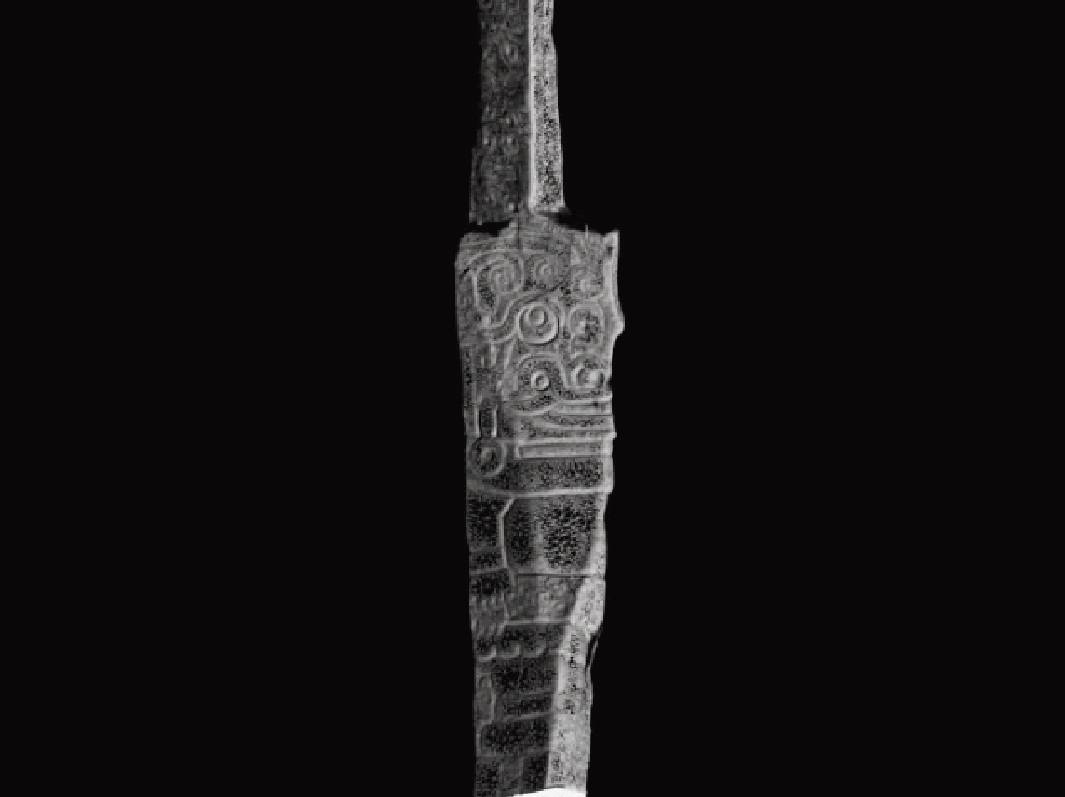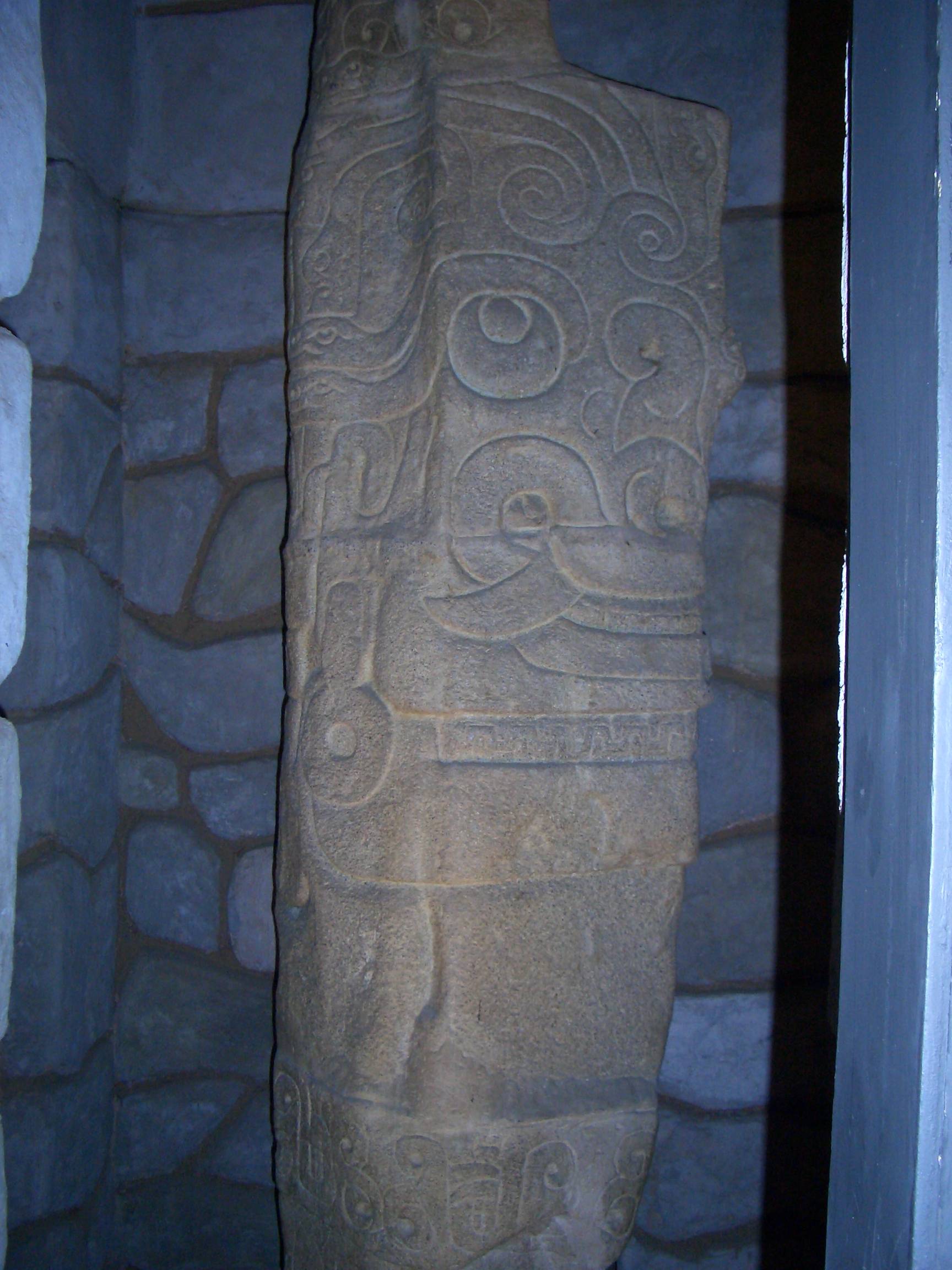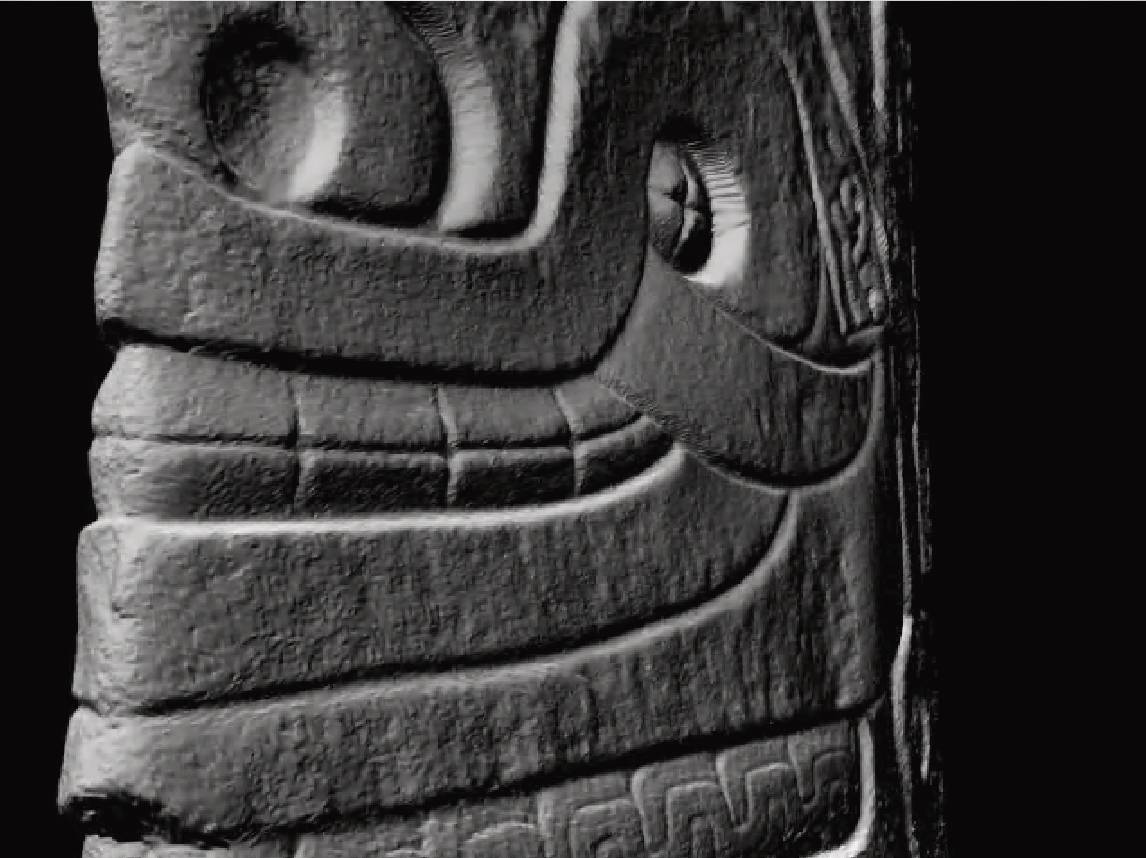The Lanzón Stela: A Pillar of Chavín Culture and Andean Cosmology
The Lanzón Stela stands as a monumental testament to the religious and cultural innovations of the Chavín culture, which emerged as the first significant religious movement in the Andes mountains. This granite stela, erected circa 500 BC during the Early Horizon period of Andean art, is located in the Old Temple of Chavín de Huantar in the central highlands of Peru. The name “Lanzón” derives from the Spanish word for “lance,” referencing the sculpture’s shape, though its form more closely resembles a highland plow, hinting at its possible agrarian worship connections.
Get your dose of History via Email
Geographic Location and Significance
Chavín de Huantar, the site housing the Lanzón, was strategically positioned on one of the few passes between the mountainous coast and the dense Amazon, making it a crucial point of passage and cultural exchange. This geographical advantage facilitated the spread of Chavín art and religious practices far beyond its immediate vicinity, as evidenced by textiles echoing Chavín’s architectural and sculptural motifs found as far south as the coast in sites like Karwa.

Visual Analysis
The Lanzón is enshrined within the central cruciform chamber of a complex underground labyrinth in the Old Temple, a setting that played a significant role in the religious experiences of its devotees. The sculpture’s intricate line work and anthropomorphic depiction, featuring jaguar-like snarls, claws, and snake-headed hair, create a powerful visual and psychological impact. This impact was likely amplified by the disorienting effect of the maze-like tunnels and the hallucinogenic properties of the San Pedro cactus consumed by worshippers before their encounter with the stela. The imagery requires circumambulation to be fully appreciated, with special attention drawn to the deeply carved features of the eyes, nose, lips, and teeth, enhancing the figure’s ferocity.

Cosmology
The Lanzón embodies key motifs of Chavín art, notably the jaguar, which is a frequent subject in Chavín’s artistic repertoire and suggests the existence of a jaguar cult. This anthropomorphic jaguar deity symbolizes broader cosmological beliefs shared by Andean societies, including the concept of camay, where objects serve as conduits for deities. The Lanzón, though made from earthly materials, was believed to house a celestial being and received offerings of food and ceramics from the people of Chavín.
The sculpture also represents the axis mundi, connecting the heavens, earth, and underworld, a concept further emphasized by the raised and lowered arms of the figure, symbolizing celestial and terrestrial realms. This duality extends to the reverence of opposites in daily life and is reflected in the contour rivalry between the snakes and hair, indicating a transformation between man and beast. The strategic placement of the Lanzón at the convergence of the Mosna and Wacheqsa rivers embodies the Andean concept of tinku, where multiple parts converge to create something entirely new, mirroring the geographical and cultural confluence at Chavín de Huantar.
In conclusion, the Lanzón Stela is not merely an artifact of religious worship but a complex symbol of the cosmological beliefs and artistic achievements of the Chavín culture and Andean society as a whole. Its intricate design, strategic geographic location, and the profound religious experiences it facilitated underscore its significance in the study of Andean civilizations.
Sources:

